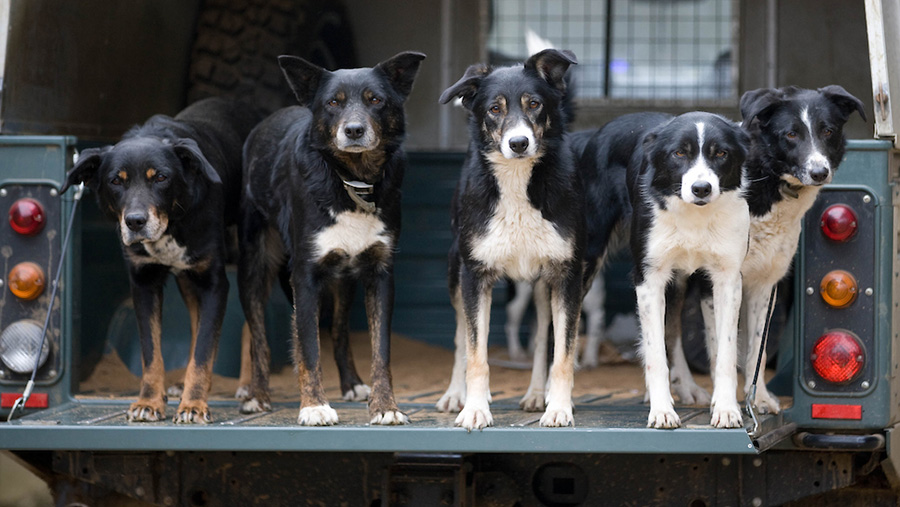Taskforce launched to investigate reported rise in pet theft
 © Tim Scrivener
© Tim Scrivener The government has launched a taskforce to investigate a reported rise in pet thefts since the start of the coronavirus pandemic.
Pet sales platforms have reported a large rise in puppy and kitten prices over the past year after more people decided to buy or adopt a pet during the Covid-19 lockdown.
See also: Working farm dog thefts on the rise across the country
Recent reports have suggested this may be leading to a rise in pet thefts.
Rebecca Davidson, NFU Mutual rural affairs specialist, said the taskforce needed to investigate the concerning rise in thefts of working farm dogs.
“We have seen a rise in the value of theft of both pet and working dogs over the past year, with some farms losing several animals at a time,” Ms Davidson told Farmers Weekly.
“Dog theft needs to be treated seriously and we welcome the new pet theft taskforce to crack down on this crime. We hope this new group will look into the effects of working dog theft, which is a rising issue on UK farms.
“This type of crime is about so much more than the monetary value. For farmers, often working in isolation, the theft of a working dog means losing a member of the family, a best friend and an important worker on the farm team.”
Defra, the Home Office and the Ministry of Justice will work with the police, animal welfare groups and other experts to draw up a plan to tackle the crime.
Emotive issue
Gwent Police deputy chief constable Amanda Blakeman said: “Dog theft is a very emotive issue which has a huge effect on families or individuals, and we are aware of a growing concern around this issue.
“The taskforce will support us in understanding this risk and also identifying trends involving serious and organised crime.
“It will enable us to gather intelligence around the country and tackle groups who work across geographical boundaries. We hope this is a step forward in providing reassurance that we are committed to understanding any risks fully, and challenging related criminal behaviour.”
